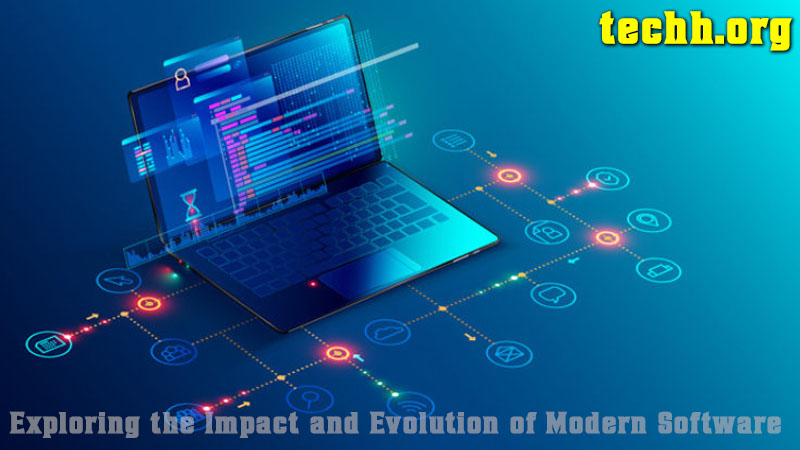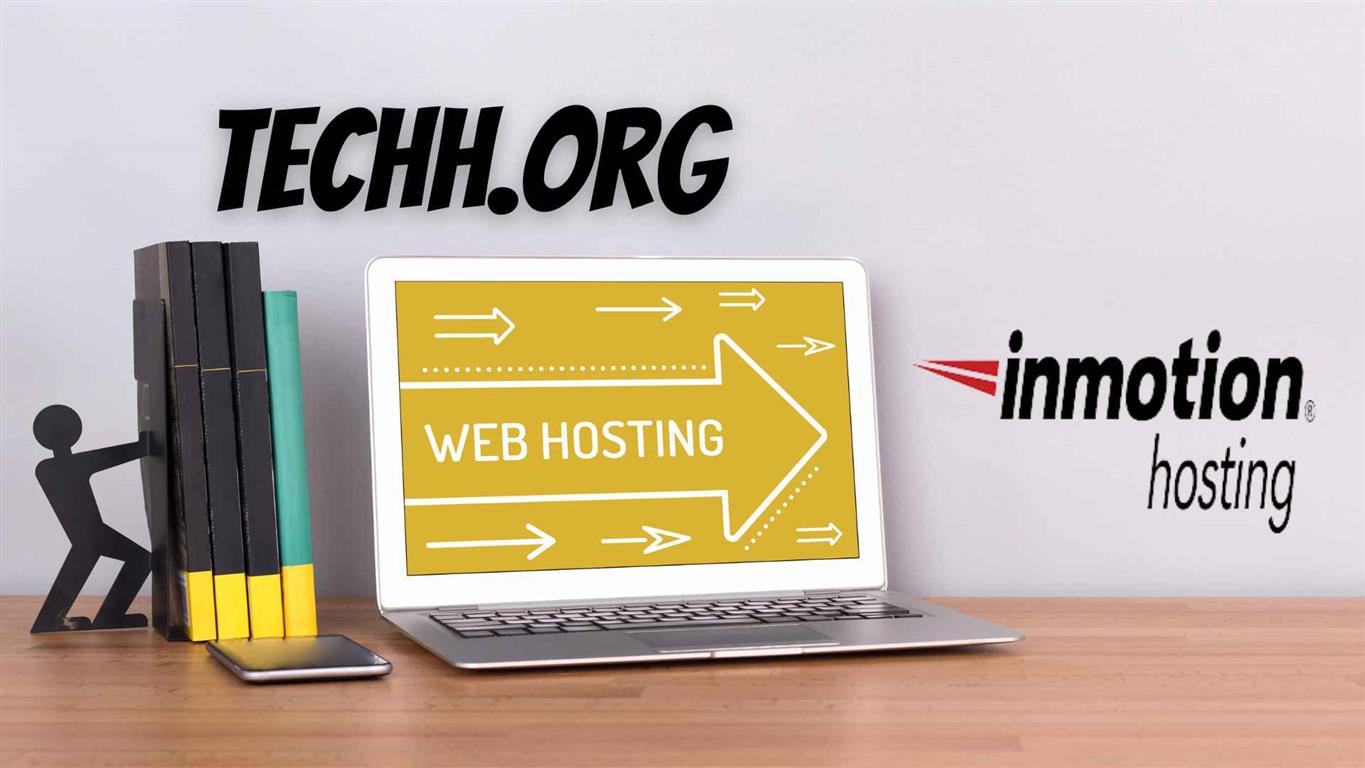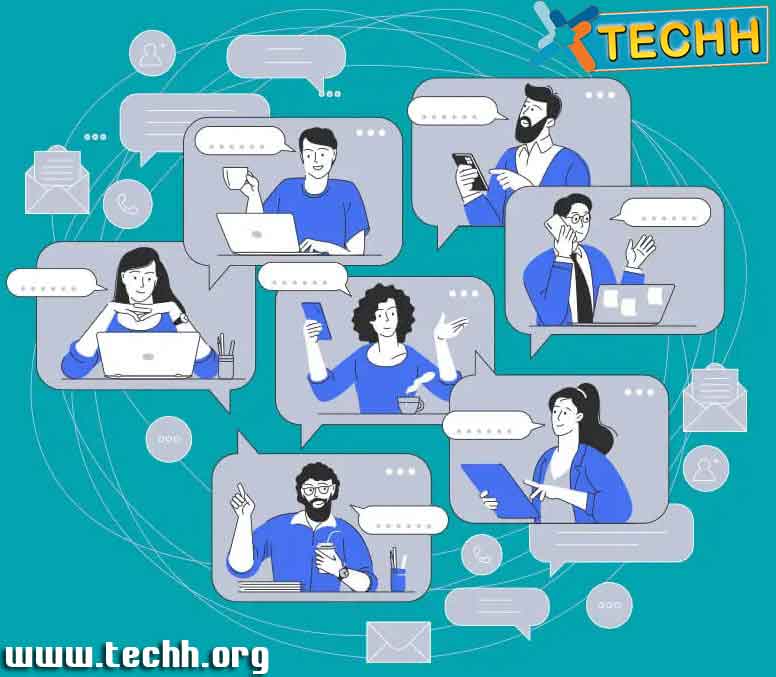Introduction:
In the ever-evolving realm of technology, exploring the role of software is tantamount to understanding the fabric of the digital age. Menjelajahi the impact and evolution of Modern Software reveals a journey of perpetual innovation and transformation. Shaping industries, redefining interactions, and influencing the way we perceive the world. This exploration takes us through the metamorphosis of software, delving into its far-reaching implications and the continuous evolution that molds our digital future.
Section I: Tracing the Origins
1.1 Initial Developments:
Embarking on a journey to explore the genesis of software, we find its roots in the creation of assembly languages and compilers. This formative era laid the groundwork for structured programming and the development of high-level programming languages, setting the stage for further advancements.
1.2 Advent of Operating Systems:
Exploring the evolutionary timeline, the emergence of operating systems marked a pivotal moment. These systems, including the likes of Unix and MS-DOS, introduced user-friendly interfaces and managed hardware resources. Fostering the development of more intricate software applications.
Section II: The Personal Computing Epoch
2.1 GUIs and User Centricity:
Menjelajahi the rise of personal computing, the inception of Graphical User Interfaces (GUIs) was revolutionary. Systems like Apple’s Macintosh and Microsoft Windows exemplified this shift, offering visually engaging interfaces and fostering a burgeoning ecosystem of application software.
2.2 Software for Diverse Needs:
Exploring further, we witness the advent of versatile software solutions such as Microsoft Office and Adobe Photoshop. These applications enhanced productivity across diverse fields, and the proliferation of gaming software marked the genesis of software as a form of entertainment.
Section III: The Internet Revolution and Web Applications
3.1 Web Browsers and Online Platforms:
With the internet boom, the exploration of software entered a new dimension. Web browsers like Netscape Navigator and Internet Explorer facilitated access to a plethora of online content, while platforms like Yahoo and Google began shaping the early internet experience.
3.2 Evolution of Web Development:
Continuing our exploration, advancements in web development technologies gave rise to sophisticated and interactive web applications. Frameworks like Angular, React, and Vue.js empowered developers to create seamless, responsive user experiences, marking a significant evolution in software capabilities.
Section IV: The Mobile Renaissance and App Ecosystem
4.1 App Stores and Diversity:
Exploring the mobile revolution, the launch of Apple’s App Store and Google Play Store initiated the app economy era. This period saw a surge in the diversity of mobile applications, catering to an array of user needs and preferences, from social media to finance and education.
4.2 Impact on Daily Life:
The exploration of the impact of mobile applications reveals a profound influence on daily life. Apps like Uber, Airbnb, and Instagram have redefined transportation, accommodation, and social interaction, exemplifying the transformative power of software.
Section V: Cloud Computing and SaaS
5.1 Scalability and Flexibility:
Menjelajahi the realm of cloud computing and Software as a Service (SaaS), we uncover scalable, flexible, and cost-effective software solutions. Cloud services like AWS, Azure, and Google Cloud offer robust infrastructures, enabling businesses to adapt and thrive in a dynamic environment.
5.2 SaaS and Business Innovation:
Exploring further, SaaS solutions like Salesforce, Microsoft 365, and Slack have revolutionized business operations. By offering access to sophisticated software without installation or maintenance hassles, these services enhance collaboration and productivity, driving business innovation.
Section VI: Artificial Intelligence and Machine Learning
6.1 Intelligent Applications:
As we explore the integration of Artificial Intelligence (AI) and Machine Learning (ML) in software, we encounter a new horizon of possibilities. AI-powered applications, such as virtual assistants and recommendation engines, are offering personalized, intelligent interactions, enhancing user experiences.
6.2 Data Analysis and Predictive Capabilities:
Delving deeper, we find that ML algorithms have equipped software with the ability to analyze vast datasets and make predictions. These capabilities have found applications across various sectors, from healthcare diagnostics to financial fraud detection. Showcasing the versatility and potential of intelligent software.
Conclusion:
Concluding our exploration of the impact and evolution of modern software, it is evident that software has undergone a transformative journey. From its humble beginnings to its current state of continuous innovation. Software has significantly shaped our digital experiences and the way we interact with the world. As we continue to explore and navigate the digital frontier, the ongoing evolution of software remains a pivotal aspect of our journey. Holding the promise of endless possibilities and advancements.





